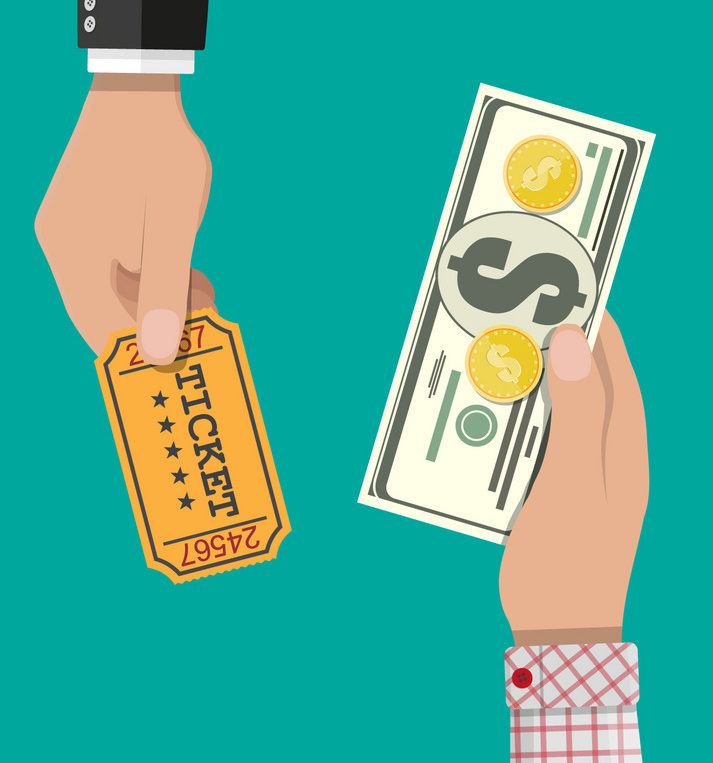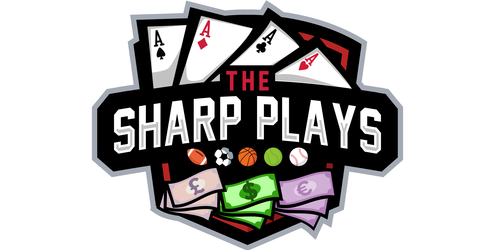
There’s a large and passionate group in the betting world who believe that ticket and money percentages, especially when combined with reverse line movement, are the ultimate guide to identifying sharp money. Some even make a living promoting this approach as the Holy Grail of sports betting.
If that’s you, and this strategy works for you — genuinely, I wish you well. 🍀 This isn’t about taking away your lollipop.
But before you go all-in on this theory, let’s talk reality… and math. 📊
🤔 Why Would the Books Help You Beat Them?
This is the first and most important question:
Why would a sportsbook publicly share data that helps you beat them?
Spoiler: They wouldn’t.
Books release ticket/money percentages because it generates action and engagement. It draws traffic to their platforms and inspires discussion — not because it gives you an edge.
Think about it:
- Sportsbooks don’t run welfare programs.
- They profit solely by taking your money.
- They post these numbers because you’ll act on them, and that’s good for their business.
Let’s dig into whether acting on them is good for your bankroll.
🔄 What Is a Reverse Line Move?
A reverse line move occurs when the betting line moves opposite the public money.
Example:
- 70% of tickets and money are on Chicago -6
- The line drops to Chicago -5
- People assume: “Sharp money must be hammering Tampa Bay!”
Sounds logical… but there’s a big flaw in this assumption:
You don’t actually know who is behind those ticket/money numbers.
See my article Why Ticket/Money Percentages Don’t Tell the Whole Story for more details.
📉 The Numbers Don’t Lie: Long-Term Performance
Let’s look at actual data from nearly 6,000 games (since 2016) using reverse line move logic paired with ticket & money percentages. Here’s how it performed, by sport:
| Sport | Record | Win % | ROI |
|---|---|---|---|
| MLB | 998–1196 | 45% | +1.4% ✅ |
| NBA | 431–459 | 48% | -5.4% |
| NCAAB | 1383–1444 | 49% | -4.9% |
| NCAAF | 347–348 | 50% | -2.6% |
| NFL | 119–129 | 48% | -6.4% |
| NHL | 517–755 | 41% | -8.7% |
🧠 Key Insight:
In every sport except MLB, you’d do better flipping a coin. Seriously. A 50% hit rate (coin flip) outperforms every other reverse-line move setup using public data.
⚾ MLB: The One Anomaly
It’s true — MLB stands out with a consistent (though modest) +1.4% ROI using this approach. Let’s break that down by year:
| Year | Record | ROI |
|---|---|---|
| 2016 | 259–298 | +1.0% |
| 2017 | 216–181 | +15.6% 🔥 |
| 2018 | 221–317 | -6.5% ❌ |
| 2019 | 200–292 | -6.0% ❌ |
| 2020 | 69–77 | +9.1% 👍 |
| 2021 | 33–31 | +22.9% 🚀 |
💡 Why MLB?
Because this strategy usually lands on underdogs.
And betting underdogs in MLB inherently provides better value than chalk — even blindly.
- Blind underdog ROI (since 2005): -1.6%
- Blind favorite ROI (since 2005): -1.9%
That 0.3% gap over 37,000 games is significant — and reverse line moves help isolate value dogs more often than not in MLB.
So, while the system isn’t perfect, MLB is the only sport where this approach has statistical merit.
📉 Totals Are a Bust Across the Board
Reverse line move theory on totals?
| Sport | Totals ROI |
|---|---|
| MLB | -2.2% |
| NBA | -2.3% |
| NFL | -2.5% |
| NHL | -2.8% |
| NCAAF | -3.2% |
| NCAAB | -4.1% |
✅ Verdict: Totals don’t work. Don’t bother.
💸 Real-World Impact: NFL Case Study
- 3 bets per week × 17 weeks = 51 wagers
- $110 per wager (standard juice) = $5,610 in total action
- Expected loss using this system (at -6.4% ROI):
$360 for the season 👎
It’s a slow leak — not a collapse. But it’s still losing — and you’re putting in work for a system that’s worse than a coin flip.
📎 My Parameters for This Backtest
- Ticket %: 0–45%
- Money %: 0–45%
- Spread Change (NBA, NCAAB, NFL, NCAAF): -0.5 to -100 pts
- Moneyline Change (MLB, NHL): -5 to -150 cents
Data sourced from the largest public provider of ticket & money % data.
🔚 Final Thoughts: Use With Caution
If you love ticket & money % with reverse line moves — and it works for you — do your thing. I’m not here to stop you.
But here’s what the math and data show:
- ✅ MLB is the only sport where this approach has shown profitability.
- ❌ In every other sport, you’re better off flipping a coin.
- 🧠 If you’re using this data as part of a larger system or to understand value shifts — fine.
- 🚫 But blindly betting based on this “sharp” illusion? That’s a fast track to long-term losses.
Numbers don’t lie — the edge belongs to the book.
Unless you have an edge beyond the obvious, you’re just one more player funding their next quarter’s earnings report.
Good luck in your action!
~ TSP
